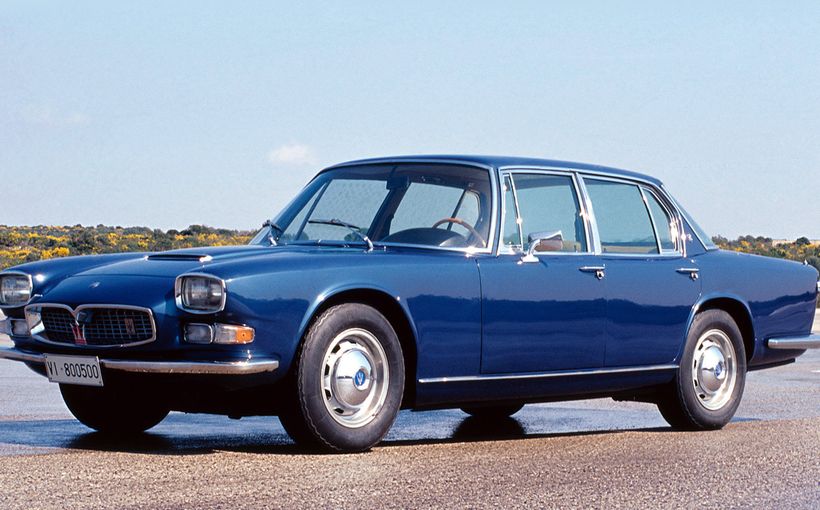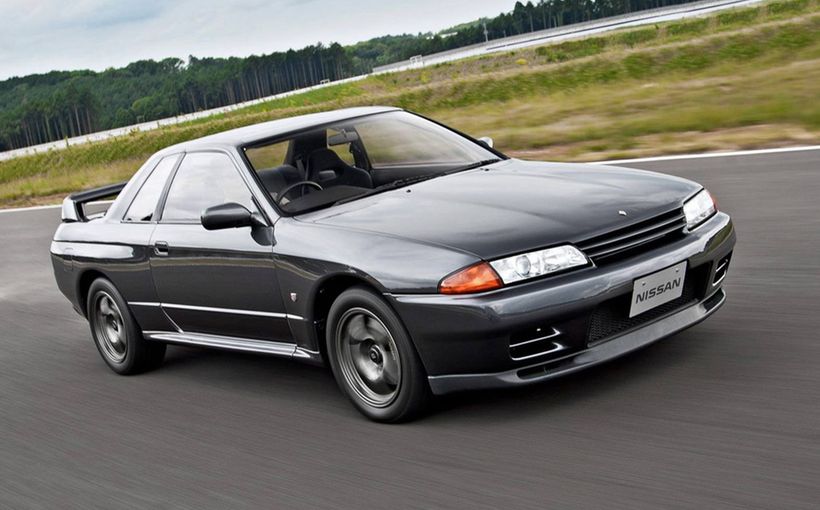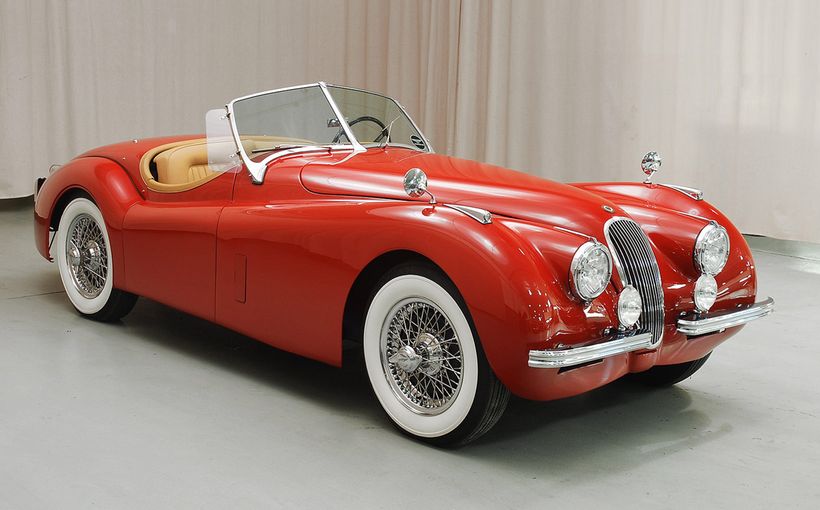
‘Some Car, this Simca’ was one of the most memorable car advertisements of the day. It was 1960 and the brand new Aronde P60 sold alongside the bigger Vedette Beaulieu. Both were utterly French in character and yet quite different from a Peugeot 403 or Renault Dauphine, to name two cars which sold fairly well in this country.

With its V8 engine making the Vedette unique in a context of Holdens, Mark II Zephyrs and the new Ford Falcon, you might expect it to have been racy in character. In fact the Vedette was quite a calm and unruffled machine of some elegance, but using an outdated Ford side-valve V8 running through a three-speed manual transmission. I remember how sleek it looked in white with a red flash and the distinctive V8 rumble. Some car, indeed! But, at £1495 to the Holden Special’s £1110, it was relatively pricey.

But, as the late, great Bill Tuckey writes in his magnificently readable history of what he himself dubbed ‘the Great Race’, Australia’s Greatest Motor Race, it was the Aronde that appealed to enthusiasts. (No Vedette was ever entered, V8 engine or not!) Tuckey writes:
In Class B what was really the ‘hoon’ car of the day, the Simca Aronde, ran 1-2-3, mainly by virtue of its excellent handling and large finned alloy drum brakes all round.

From its inception, the Simca brand was dependent on Fiat. Founded in November 1934 by Henri-Theodore Pigozzi, it started out importing Fiats for the French market and began building them under licence in 1936. The name was an acronym for Société Industrielle de Mécanique et Carrosserie Automobile and the cars were built in a factory at Nanterre on the Seine River in Paris. (It’s enchanting to realise that Simca started with Fiat and ended with Chrysler and that Chrysler ended with Fiat!)
The marque was soon involved in motorsport, retaining the services of Amedee Gordini, long before his association with Renault.

Simca’s first unique car was the 1951 Aronde, codenamed Simca 9. It was also the first Simca to feature monocoque construction. Aronde was the French word for swallow and the early cars wore a highly stylised bird emblem. The new model was intended to be a direct rival for the Peugeot 203.
The Aronde (l’Aronde) was immediately successful, although it never succeeded in overshadowing the brilliant Peugeot. Shortly after the third series (P60, which is the subject of this review) was launched at the Paris Salon in October 1958, 1,000,000 had entered the world’s traffic. When the last Aronde was built in 1963, the tally was almost 1,500,000. (It’s interesting to note that it took Holden 14 years to make the same number of Holdens.)

The 9 got a facelift in 1955 as the 90A and this version was produced for three years. The 90A had a 1290cc ‘Flash’ engine. The sporty Montlhéry version, named for the banked oval outside Paris, where in 1952 and 1953 Arondes had set numerous endurance records, including 100,000km (39,242 laps) at an average speed of 104km/h.
The success of the Aronde doubtless helped fund Simca’s purchase of Ford SAF in 1954. The Ford Vedette eventually became the Simca Vedette. A cheaper (1957-1963) Ariane version used the same body with an Aronde engine and was very popular in fuel-conscious Europe.
Chrysler had its eye on increasing its European sales and bought 15 per cent of Simca stocks in 1958. The 90A had been assembled from CKD (Completely Knocked Down) packs by Northern Star Engineering in conjunction with Continental and General Distributors from 1956. And then Chrysler Australia got into its Some Car act, announcing on 1 July 1959 that it would undertake assembly of the Aronde at its Forestville factory in Adelaide.

As well as the Aronde, Chrysler Oz also assembled the up-spec version of the Vedette, known as the Beaulieu (with all the chrome and mostly with two-tone paint). Its 2.4-litre side-valve V8 developed 84 brake horsepower.
Interestingly, and probably to meet strong demand (only some of it from Tuckey’s ‘hoons’), production of the 90A Aronde continued well into 1960s, several months after the launch of the P60, nicely in time for Christmas 1959.
The enormously successful Holden FE Station Sedan, launched in 1957, was driving a new imperative on the local market. The overwhelming majority of mainstream sedans were also available as a wagon. Chrysler Australia had a distinguished history of adapting American vehicles for Australia – the contemporaneous example being the Royal V8 – and was undaunted by the prospect of having to develop a uniquely Australian Aronde wagon. The company had already developed a coupe utility edition of its big Plymouth Cranbrook/Dodge Kingsway/De Soto Diplomat triplets. The 1960 Aronde wagon was a very neat job, complete with a wind-down window in the tailgate.
The entry level Aronde was the Elysee. Its 1290cc engine developed 52 brake horsepower at 4900 rpm. This was essentially a bored-out Fiat 1100 103D unit with an aluminium cylinder head, aluminium alloy pistons and five-bearing crankshaft. The Montlhéry’s higher compression (up from 7.5:1 to 8.5:1) engine made 70 horsepower, the equal of the FB Holden’s 2.2-litre six! So it is easy to see why buyers looking for the proverbial Q-Car found the Aronde Montlhéry appealing.

The Aronde was the last Simca to be sold in Australia. It lingered on the new car price lists until well into 1964. By this time, of course, Chrysler Australia was busy with the Valiant and it seems probable that many happy Aronde owners traded up to Chrysler’s new hoon car: the Montlhéry equaled the FB Holden’s output, while the Valiant almost doubled it!
In 1970 Chrysler took over Simca, which became part of Chrysler Europe. Then, in 1978, when Chrysler sold its European operations to PSA (Peugeot Citröen), the Simca brand was replaced by that old French favourite Talbot but the early examples were simply rebadged Simcas.

In summary, the Aronde P60 was quite the lion-hearted machine, which looked modest but delivered surprisingly strong performance. The top speed of the Montlhéry was about 87 miles per hour, which was significantly better than an FB Holden’s 82 and equal to the new Peugeot 404’s. Any survivor P60 Aronde would be very collectible now, and the marque’s proud history in the Armstrong 500 distinguishes it from all peers, except the redoubtable Peugeot 403.












